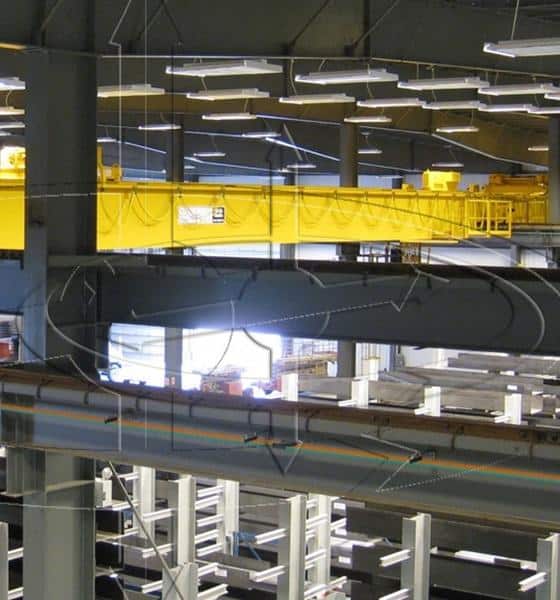
Let’s face it, everyone loves Magnetek variable frequency control. Whether it’s for a hoist, trolley, or bridge motion, everyone likes the managed and controlled ramp-up/ramp-down that variable frequency provides, not to mention the benefits from reduced mechanical parts wear.But there is one person in a plant that does not like standard variable frequency control on his bridge, and that’s the crane cab operator. The crane cab operator wants to be able to control the performance of the crane, and does not like a linear rate of acceleration and deceleration.

You have to go back in crane history to understand why a Scalar drive, especially for the bridge motion, is not the most desirable. Original overhead cranes used DC motors for all motions. These motors/controls gave the operator torque control over the bridge and trolley motions, and allowed for plugging of either motion, inducing a motor field to provide torque/speed control of that motion. If the bridge had a hydraulic brake in the cab, chances were it was seldom used, unless in emergency stops.
DC motors became expensive and DC power less available compared to AC motors and AC power (AC versus DC war). However, operators still wanted the torque control that DC had provided. So control manufacturers developed AC controls, such as Static Stepless to provide the “seat of the pants” control that the operators wanted, and needed.

But as before, the AC wound rotor motor has become expensive, less available, and maintenance intensive compared to the new AC squirrel cage motors that can be used with a VFD control. The application of squirrel cage motors with variable frequency control is great, but the operator loses dynamic control of the crane, critical in some operations.
In order to provide dynamic control of the bridge and trolley motions, Magnetek has developed and patented “Static Simulation” for their variable frequency controls, allowing the operator to have torque based control of these motions instead of time based.
In a static output from the cab (potentiometer), this is a true application of motor field, increasing or decreasing motor torque on operator demand.
In a stepped configuration (detented control) the speed points can be programmed such as:
1st Speed Point – 50% motor torque at 6 hertz
2nd Speed Point – 75% motor torque at 12 hertz
3rd Speed Point – 75% motor torque at 24 hertz
etc….
Static Simulation from Magnetek can change your crane from linear time based bridge and trolley to dynamic torque based control, typically using the existing motor and brake. This control uses a typical 1024 PPR encoder, a Magnetek VG+ drive, and resistors sized for your specific duty cycle. Motor full load amps in our applications are never exceeded, even at 100% full motor torque!
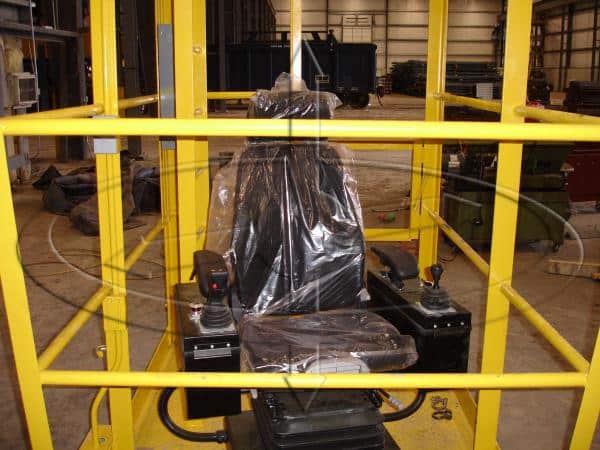
Typical crane cab with J. R. Merritt cab seat with built-in joystick control and Magnetek Static Simulation control.
If you have a cab controlled crane, and have been wanting to change over to variable frequency, or you have variable frequency and are unhappy with the response, give Eric Brown at Engineered Lifting Systems a call to check into Magnetek Static Simulation!
If you have questions on Magnetek or any of the equipment shown above, make sure to contact the Crane Doctor, Eric Brown at sales@engineeredlifting.com
Download our Benefits of Upgrading Existing Cranes white paper in PDF and learn more about Magnetek’s complete range of systems for improving the performance and reliability of your cranes.
Recent news posts
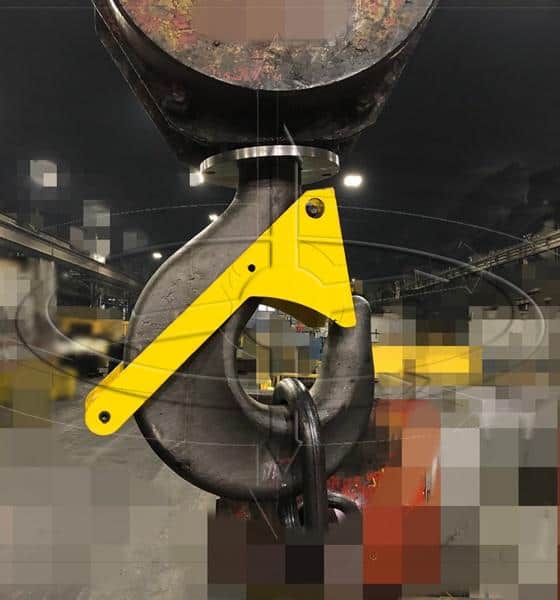
Gravity Latch with Rotation Lock
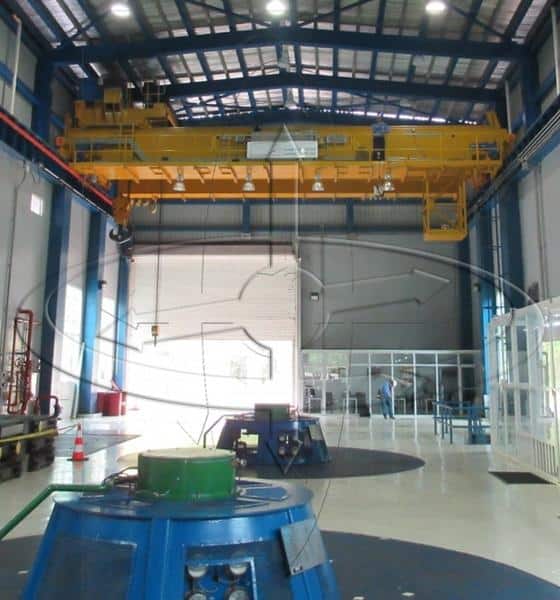
Magnetek Series 3 Drives Using “Motor 2” Option
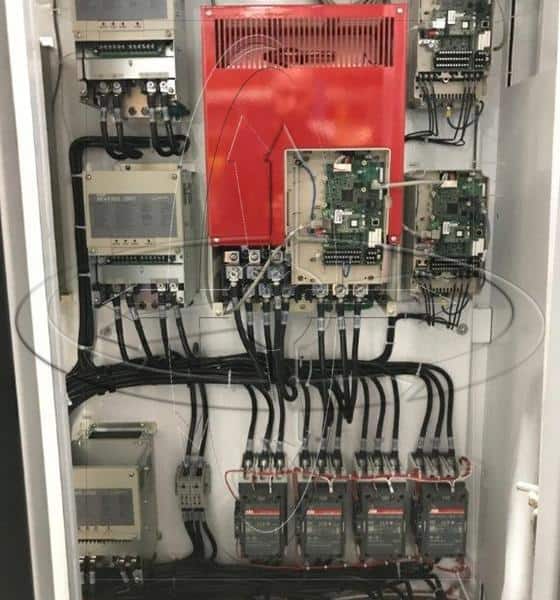
Magnetek Brake Circuit Fusing
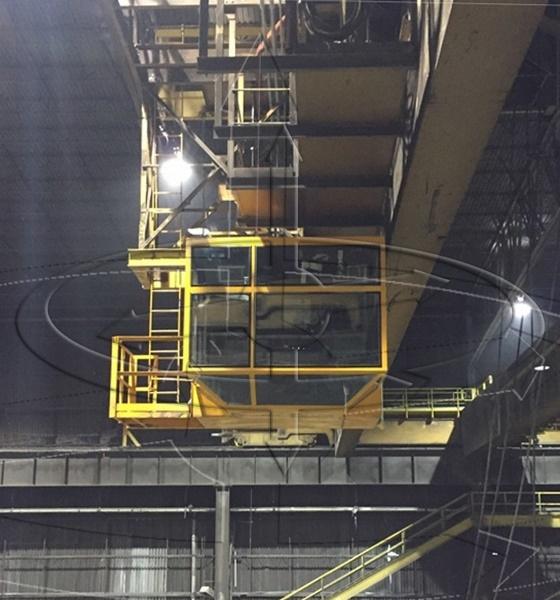
Crane Cab Replacement Improves Function
